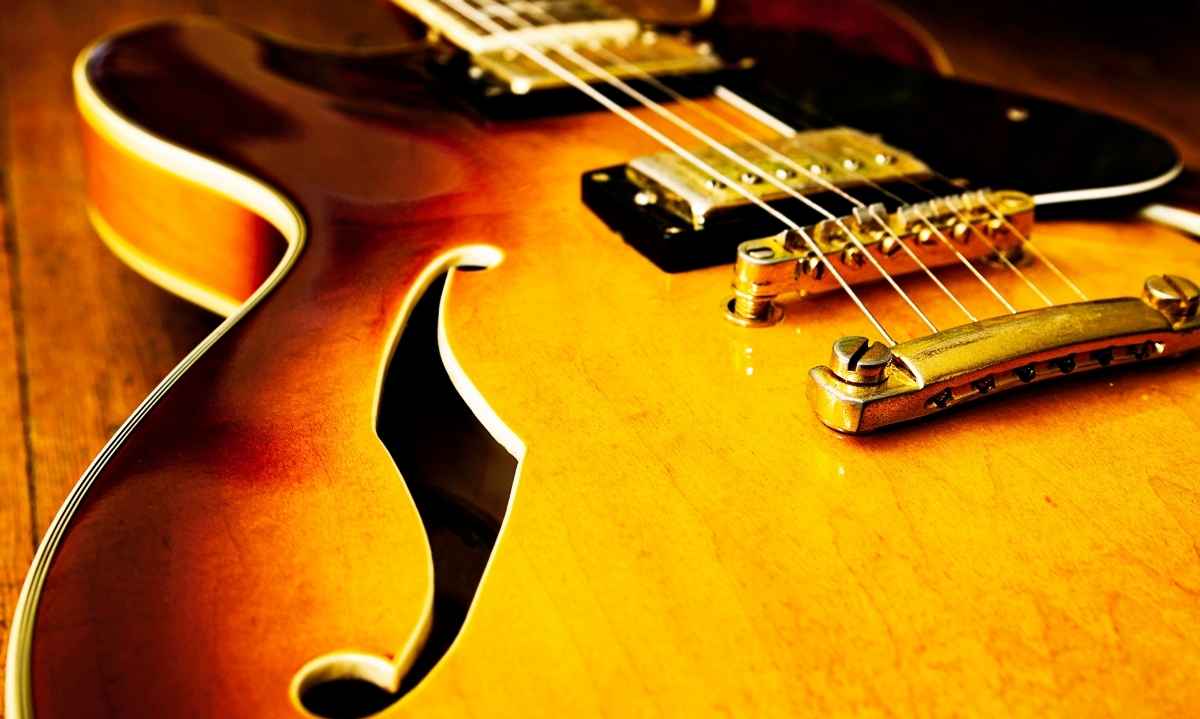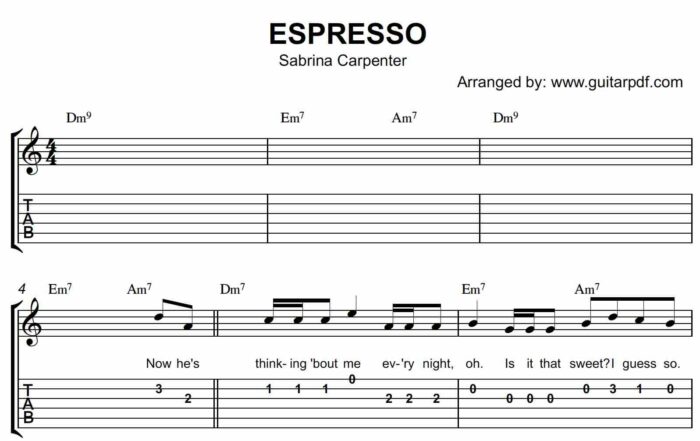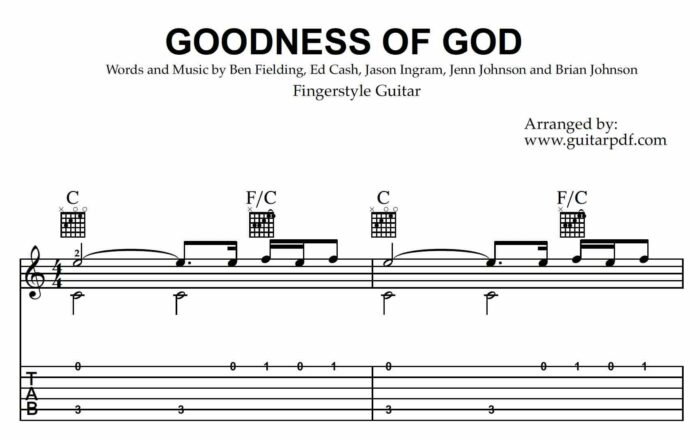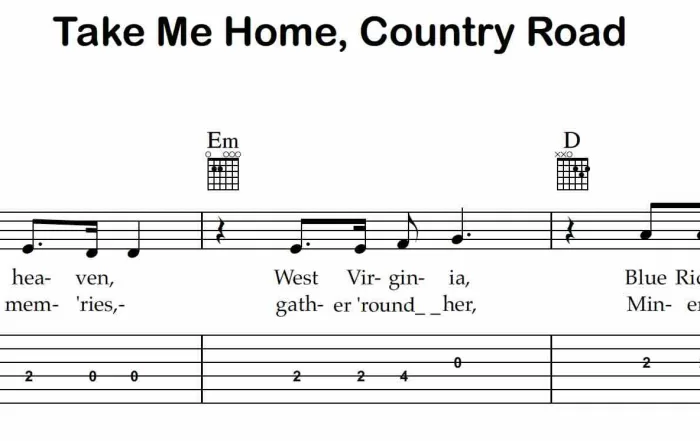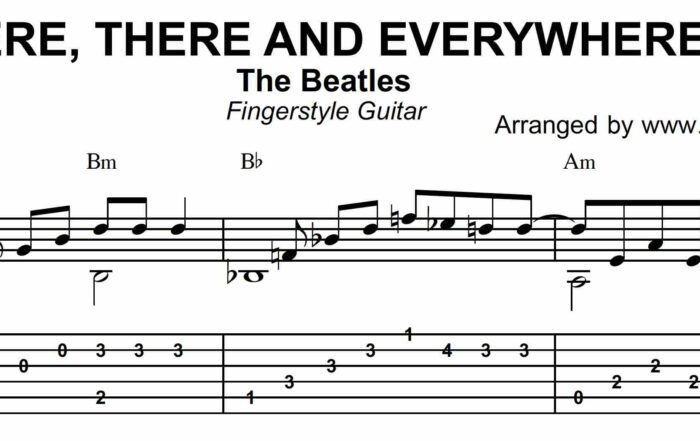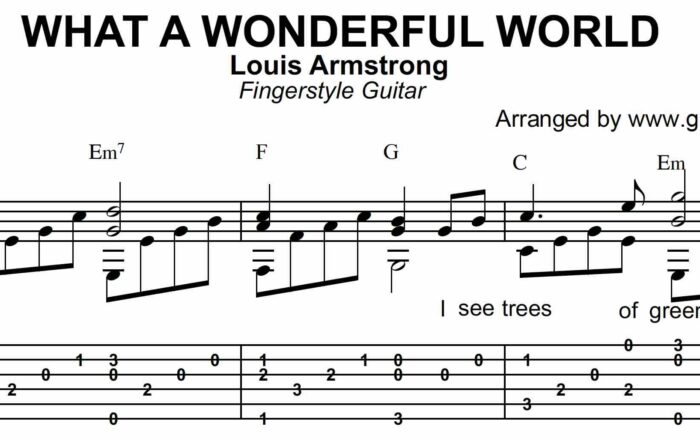Exploring the Blues Scale on the Guitar
The blues scale is a distinctive and powerful tool in the guitarist’s arsenal, known for its expressive, soulful sound. By adding a “blue note” to the traditional pentatonic scale, the blues scale introduces an extra layer of emotion and tension, making it a favorite among blues, rock, jazz, and even funk musicians. This article explores the blues scale, its unique characteristics, and how to incorporate it into your playing with practical examples.
What Is the Blues Scale?
The blues scale is essentially a modified version of the minor pentatonic scale with the addition of a “blue note,” which adds a touch of dissonance and color. This scale is characterized by its ability to convey a range of emotions, from melancholy to rebelliousness.
Structure of the Blues Scale
The blues scale consists of six notes and can be derived from the minor pentatonic scale by adding one additional note: the diminished fifth (or augmented fourth). This added note is known as the “blue note.”
Pattern for the Blues Scale:
- Root
- Minor 3rd
- Perfect 4th (or Diminished 5th)
- Perfect 5th
- Minor 7th
- Root (Octave)
For example, in A blues scale, the notes are:
- A (Root)
- C (Minor 3rd)
- D# (Diminished 5th)
- E (Perfect 5th)
- G (Minor 7th)
- A (Octave)
Why the Blues Scale is Essential
1. Expressive Power
The blue note (diminished 5th) introduces a unique tension that resolves beautifully in blues and rock contexts. This tension creates a distinctive sound that adds emotional depth and expressiveness to solos and riffs.
2. Versatility
The blues scale can be used across various genres, not just blues. Its expressive quality makes it suitable for rock, jazz, funk, and even pop music. It’s a versatile scale that can fit into many different musical settings.
3. Improvisation and Soloing
The blues scale is a go-to for improvisation due to its ability to blend seamlessly with chord progressions, especially those common in blues and rock. It provides a framework for creating memorable solos and fills.
Practical Examples and Application
Example 1: Basic Blues Riff
Here’s a classic blues riff in A using the blues scale:
e|------------------------|
B|--5h8-5----------------|
G|--------7-5-7----------|
D|------------------------|
A|------------------------|
E|------------------------|
In this example, the riff utilizes the A blues scale notes, highlighting the characteristic blue note (D#) between the minor 3rd (C) and perfect 5th (E).
Example 2: Simple Blues Solo
Try this short blues solo in A, incorporating the blue note for a classic blues sound:
e|-----------------------------|
B|--5-8b10r8-5----------------|
G|-------------7-5------------|
D|--------------------7-5-7----|
A|-----------------------------|
E|-----------------------------|
Here, the bend on the 8th fret of the B string (blue note D#) adds expressive tension to the solo, resolving naturally to the root note (A).
Example 3: Funky Blues Lick
Incorporate the blues scale into a funky rhythm guitar lick:
e|-----------------------------|
B|--5-5h8--5------------------|
G|----------7-5--7b9r7-5------|
D|-----------------------------|
A|-----------------------------|
E|-----------------------------|
This lick combines the blues scale with rhythmic syncopation, showcasing the versatility of the scale in a funky groove.
Tips for Using the Blues Scale
- Experiment with Bends and Slides
- Use bends and slides to emphasize the blue note and add expressiveness to your playing.
- Mix with Major and Minor Pentatonics
- Combine the blues scale with major and minor pentatonic scales to create more complex solos and riffs.
- Apply to Chord Progressions
- Practice playing the blues scale over different chord progressions to understand how the scale interacts with harmony.
- Listen to Blues Music
- Study recordings of blues legends like B.B. King, Stevie Ray Vaughan, and Muddy Waters to hear how they use the blues scale in their solos and riffs.
Common Pitfalls and Tips
- Overusing the Blue Note: While the blue note is essential, using it too frequently can make your playing sound predictable. Balance its use with other notes in the scale.
- Neglecting Rhythm: The blues scale is not just about the notes; rhythm plays a crucial role. Focus on timing and phrasing to make your playing more dynamic.
- Ignoring Context: The blues scale fits best in certain musical contexts. Be mindful of when and how you use it, especially in genres outside of blues.
Conclusion
The blues scale is a powerful tool that adds a distinctive color and emotion to your guitar playing. By incorporating the blue note into the minor pentatonic scale, you gain access to a versatile and expressive scale that enhances your solos, riffs, and improvisations. Experiment with the blues scale, listen to its use in various genres, and embrace its unique sound to elevate your guitar playing.

